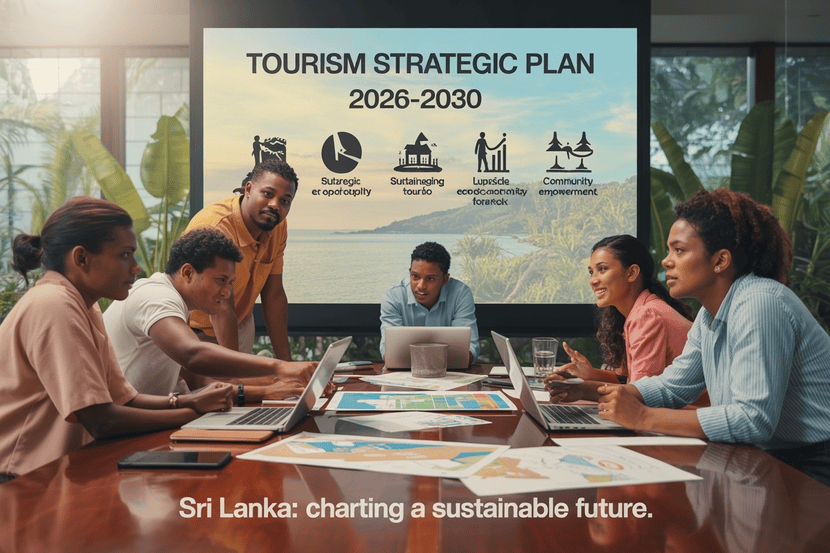≡-Tackling Overtourism in Paris, Rome, Barcelona, and Amsterdam: Managing Demand at Europe’s Top Attractions – Viral of Today
<> Viral of Today <>
Home » Amsterdam Travel News » Tackling Overtourism in Paris, Rome, Barcelona, and Amsterdam: Managing Demand at Europe’s Top Attractions Published on
August 27, 2025A recent study by Arival and Destination Wayfinder, titled Beyond Capacity: Managing Demand at Europe’s Top Attractions, sheds light on the increasing strain placed on Europe’s top destinations due to the concentrated demand in a select few cities. The report highlights how this rising demand is putting pressure on operators and local infrastructures, making it more difficult to ensure that visitor experiences remain enjoyable and sustainable. With over 56 million guest reviews analyzed from 300,000 experience listings and 32,000 destinations, the findings underscore the urgent need for improved destination management across Europe.Concentration of DemandThe analysis from Arival and Destination Wayfinder reveals that just 50 cities—representing less than 0.2% of all European destinations—account for almost half of all traveler reviews for tours, activities, and attractions across the continent. This means that certain cities and attractions receive a disproportionate share of the attention. In Paris, for instance, the top five attractions among more than 4,000 operator listings generate 44% of all reviews. Similar patterns can be observed in other key destinations, such as Rome, Barcelona, and Amsterdam, where a small set of attractions attract the majority of visitor interest. This concentration of demand in a few key locations contributes to the challenge of ensuring that tourism remains sustainable and that local infrastructure can handle the influx of visitors.Operational ChallengesThis overwhelming demand is creating significant operational challenges for tourism stakeholders. The pressure on resources is particularly evident when it comes to managing ticket availability, modernizing visitor management systems, and adjusting to regulatory changes. For many operators, outdated technology is complicating efforts to manage the growing flow of tourists. Additionally, concerns about ticketing fairness, such as scalping or unethical pricing practices, are becoming more pronounced. These factors combine to increase the strain on both operators and local attractions, ultimately affecting the quality of the visitor experience.Recommendations for OperatorsThe report emphasizes the need for operators to embrace technological advancements to manage visitor demand more effectively. Modernizing ticketing systems is crucial. The introduction of dynamic pricing, timed entry, and real-time analytics can help distribute visitor traffic more evenly throughout the day, easing pressure on the most popular times. The adoption of new technologies can also improve customer satisfaction by reducing wait times and improving overall guest experience. Furthermore, strengthening the connection between operators and resellers through APIs and developing clear and transparent ticketing rules will help reduce friction, making it easier for travelers to access popular attractions.Strategies for Equitable AccessEquitable access is a central theme of the report. To ensure that a wider range of visitors can access Europe’s top attractions, the report suggests implementing several strategies to distribute demand more fairly. One such strategy is the introduction of local priority windows, where residents are given early or exclusive access to tickets. Additionally, offering off-peak incentives, such as discounted prices or special promotions for visits during quieter times, could help reduce the pressure on high-demand periods. Queue management tools, including digital ticketing systems and virtual queues, can also help control waiting times and prevent overcrowding, ensuring a more comfortable and enjoyable experience for all visitors.Diversification of ExperiencesTo reduce the reliance on a handful of key attractions, the report advocates for a more diversified approach to tourism promotion. Destination organizations should invest in promoting lesser-known neighborhoods, smaller-scale cultural activities, and local guides to spread visitors across different parts of a city or region. Encouraging travelers to explore off-the-beaten-path experiences helps take some of the pressure off the major attractions while offering new and unique opportunities for visitors. This shift in focus could not only relieve overcrowding but also provide a more authentic experience for travelers seeking to explore the local culture beyond the usual tourist spots.Community EngagementCommunity engagement is an essential part of creating sustainable tourism practices. The report emphasizes the importance of involving local residents in tourism planning and decision-making. By integrating feedback from the community, destination organizations can ensure that tourism development aligns with the needs and values of the people who live in these areas. Using tools like visitor flow mapping, cities and destinations can track the movement of tourists and manage the distribution of visitors more effectively. This type of data-driven approach will help prevent overburdening specific areas while ensuring a positive experience for both tourists and local communities.ConclusionThe findings of Beyond Capacity: Managing Demand at Europe’s Top Attractions underscore that overtourism is no longer a temporary issue but a systemic challenge that requires coordinated, long-term solutions. The report calls for a multi-faceted approach, one that involves collaboration across the tourism industry, from operators to destination management organizations. By modernizing ticketing systems, improving visitor flow management, and ensuring equitable access, Europe’s top attractions can remain accessible, sustainable, and enjoyable for both travelers and residents alike. Addressing overtourism is not just about managing the numbers; it’s about creating a tourism ecosystem that benefits everyone.
This information will surprise you!
See also
- Read until the end to discover everything.
- Important information you need to know.
- Interesting facts and helpful tips.
Conclusion
Did you enjoy the news? Keep following us daily!













